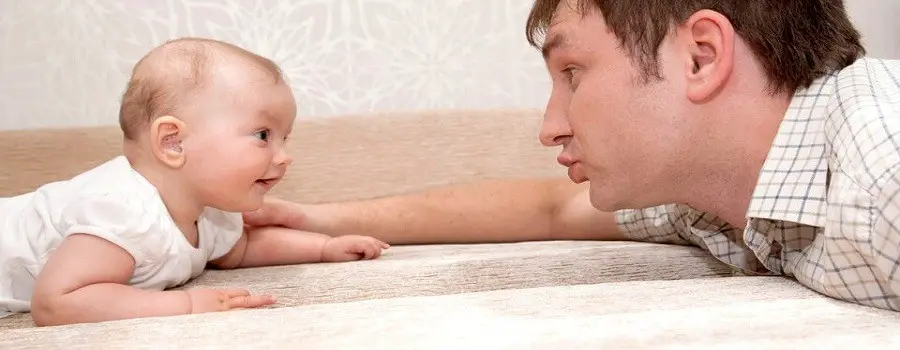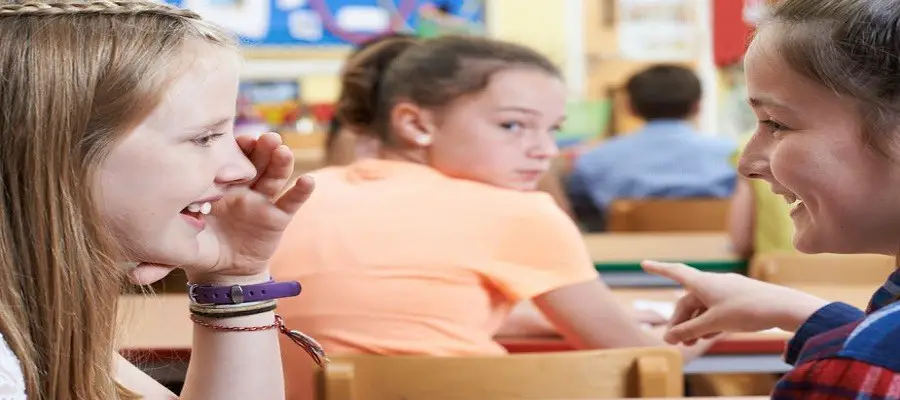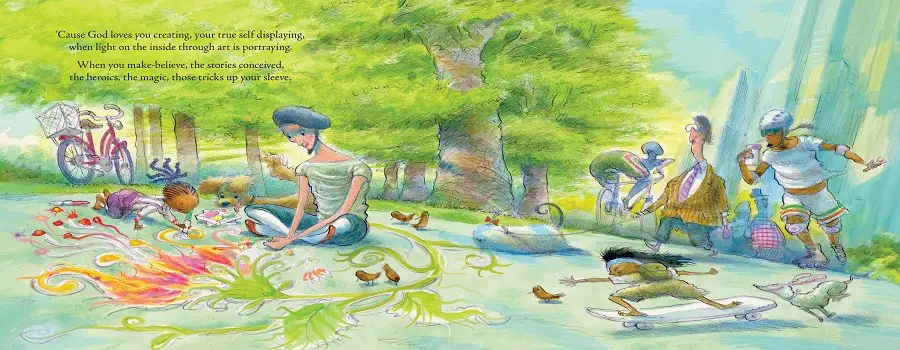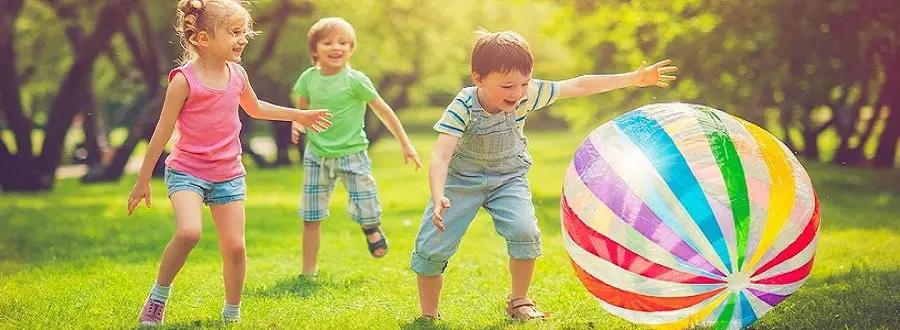Last Updated on January 6, 2025
My daughter is in the same program as William when he turned two. We go to Project Impact once a week and get feedback from the parent coach on how to help Hanna get engaged and to learn new words and play skills. Hanna imitates most words and actions. She did well in the indirect teaching method where I followed the child’s lead to get her engaged with me. What I learned so far is that Hanna is far advanced in terms of where William was and develops more quickly.
For instance, William had trouble with turn taking. With Hanna, she catches on so easily and doesn’t get so attached with a toy that she can’t give it up. Earlier on, we found out that William loved Thomas the train and we used that to do turn-taking but he couldn’t give it up so easily. Another side of him came out which was kicking and screaming in tantrums.
With Hanna, she gives up the toy, waits for her turn, says my turn and then plays with the toy appropriately. No tantrums. No fuss.
Read More – Difficulty Bonding With Baby after Traumatic Birth
We have now entered the direct teaching methods in the program where we expect Hanna to do more expectations. For teaching expressive language, we wait for a few seconds before giving a verbal prompt to model what she should say in the situation to increase her spontaneous language. Next, if she does say, “Help me, Mommy,” I ask her a direct question, “Help you with what?” If she doesn’t say anything, I use the cloze procedure, which is fill in the blanks, “Take the paper ___ .” If she needs more help, I give her a choice, “Take the paper on or off.”

I use time delay with sentences she has mastered. I may use a direct question to prompt her for new sentences/concepts for her to learn. For example, avoid using yes or no questions. What, where and who questions are easier to answer than the why, how, and when questions. The questions should also be at the child’s skill level.
Hanna is doing well in the program and the play-based therapy is really working for her. These techniques can be used for any typically developing kids who are learning to talk. Usually, modeling language and expanding language from one to two words may also work best when your child is starting to talk and can be used for the first years of your child’s life.
Read More – Develop the Best Relationship with Your Foster Child
Hanna’s goal is to talk in two to three-word phrases for functional requests and comments. She should be using two to three-word phrases to ask for things and to make comments/share what she sees or has learned. By using these techniques throughout the day, Hanna will have plenty of practice in her speech development.








